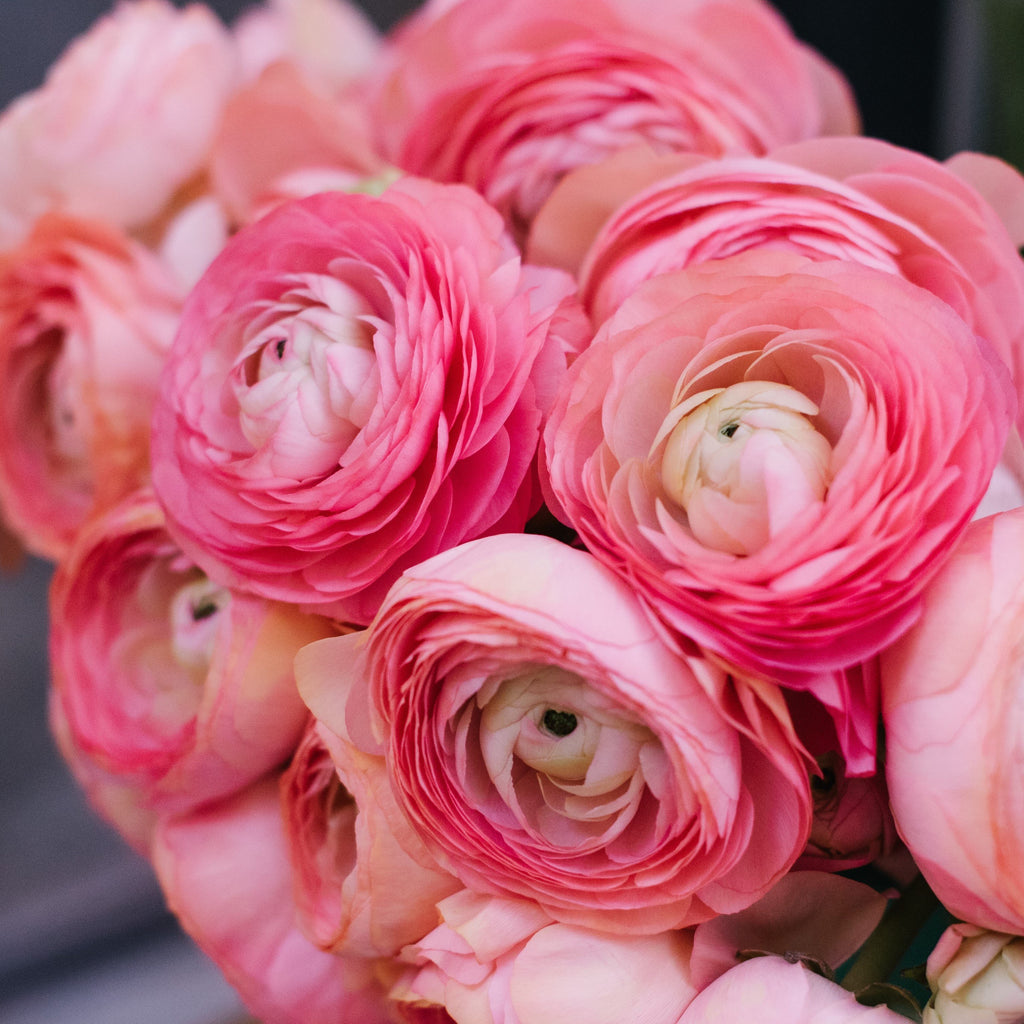Ranunculus, commonly known as buttercups or Persian buttercups, are stunning flowering plants that bring a burst of color to gardens and landscapes. With their lush, layered petals and wide range of colors, these blooms are a favorite among gardeners. However, selecting the right variety for your garden requires knowledge about different types, growing conditions, and care practices. In this article, we will explore various ranunculus varieties, how to choose the best seeds for your garden, and tips for successful cultivation.
Understanding Ranunculus Varieties
Ranunculus plants belong to the Ranunculaceae family, which comprises over 600 species. However, the most popular varieties for ornamental gardening are Ranunculus asiaticus and Ranunculus acris. Here’s a closer look at these two main types:
- Ranunculus asiaticus: This variety is known for its large, showy flowers and is typically grown as an annual. It is available in an array of colors including white, yellow, orange, pink, and red. The flowers can have single or double layers of petals, adding to their visual appeal.
- Ranunculus acris: Commonly known as the creeping buttercup, this variety is a perennial and is often found in wildflower gardens. It has smaller flowers and is more tolerant of various growing conditions, making it suitable for naturalistic gardens.
Popular Varieties of Ranunculus

When selecting ranunculus seeds, it’s essential to consider specific varieties that suit your gardening style and environment. Here are some popular ranunculus varieties to consider:
- “Picotee”: This variety features flowers with a striking edge color contrasting with the main petal color, creating a beautiful two-tone effect.
- “Buttercup”: True to its name, this variety has bright yellow flowers that are reminiscent of traditional buttercups, perfect for sunny gardens.
- “Double Persian Buttercup”: Known for its full, rosette-like blooms, this variety makes a lovely addition to bouquets and floral arrangements.
- “Champagne”: This variety features soft pastels and is ideal for creating a romantic garden atmosphere.
- “Renaissance”: With its vibrant colors and robust blooms, the Renaissance series is perfect for gardeners looking for a bold statement.
Choosing the Right Seeds for Your Garden

When opting for ranunculus seeds, several factors should guide your decision-making process. Here are essential considerations:
1. Climate Suitability

Ranunculus thrives in cooler climates, making them an excellent choice for spring gardens. However, some varieties are more tolerant of heat than others. If you live in a warmer climate, consider choosing heat-resistant varieties like “Buttercup” or “Renaissance.”
2. Soil Type

Ranunculus prefers well-draining, fertile soil. Before planting, ensure your soil is rich in organic matter. If your garden soil is heavy clay or too sandy, amend it with compost to improve drainage and nutrient content.
3. Flowering Time

Different varieties of ranunculus have varying blooming periods. If you aim for continuous blooms throughout the season, select a mix of early and late-blooming varieties. The “Double Persian Buttercup” tends to bloom early, while some others may bloom later in the spring.
4. Desired Flower Color
With a broad spectrum of colors available, consider the overall color scheme of your garden. For a vibrant display, select a mix of colors, including bright pinks, deep reds, and sunny yellows. If you prefer a more cohesive look, choose one or two complementary colors.
How to Plant Ranunculus Seeds
Planting ranunculus can be a rewarding experience when done correctly. Follow these steps for successful planting:
- Timing: Plant ranunculus corms in late winter to early spring, about 4-6 weeks before the last frost date in your area.
- Preparation: Soak the corms in water for 2-4 hours before planting to help them hydrate and promote quicker growth.
- Location: Choose a sunny spot in your garden that receives at least 6 hours of sunlight each day.
- Planting: Dig holes about 1-2 inches deep, placing the corms with the pointed end facing up. Space them 6-8 inches apart.
- Watering: After planting, water the area thoroughly, ensuring the soil is moist but not waterlogged. Keep the soil consistently moist until the plants are established.
Caring for Your Ranunculus Plants
:max_bytes(150000):strip_icc()/GettyImages-678820905-59715b156f53ba00105bfc2a.jpg)
Once your ranunculus plants are established, they require ongoing care to thrive:
Watering
Ranunculus prefers evenly moist soil. Water them regularly, especially during dry spells, but avoid overwatering, which can lead to rot.
Fertilizing
Feed your plants with a balanced fertilizer every 4-6 weeks during the growing season to promote healthy growth and vibrant blooms.
Pest and Disease Management
While ranunculus is generally resistant to pests, they can occasionally attract aphids or spider mites. Monitor your plants regularly and treat them with insecticidal soap or neem oil if necessary.
Deadheading
To encourage prolonged blooming, deadhead spent flowers regularly. This practice redirects energy to new blooms rather than seed production.
Case Study: A Successful Ranunculus Garden
A local gardening club in a temperate region decided to create a community ranunculus garden to beautify a public park. They selected a mix of varieties, including “Picotee” and “Double Persian Buttercup,” ensuring a colorful display from early spring to late spring. By conducting workshops on planting and care, they engaged community members and saw a significant increase in participation and interest in gardening. The result was a vibrant garden that became a local attraction.
Choosing the best ranunculus varieties for your garden can transform your outdoor space into a stunning floral display. Understanding the different types of ranunculus, considering factors such as climate, soil type, and flowering time, and following proper planting and care techniques are essential steps to ensure success. By selecting the right seeds and nurturing your plants, you can enjoy the beauty of ranunculus blooms throughout the growing season. Whether you are a seasoned gardener or a novice, the joy of cultivating these vibrant flowers can be immensely rewarding.